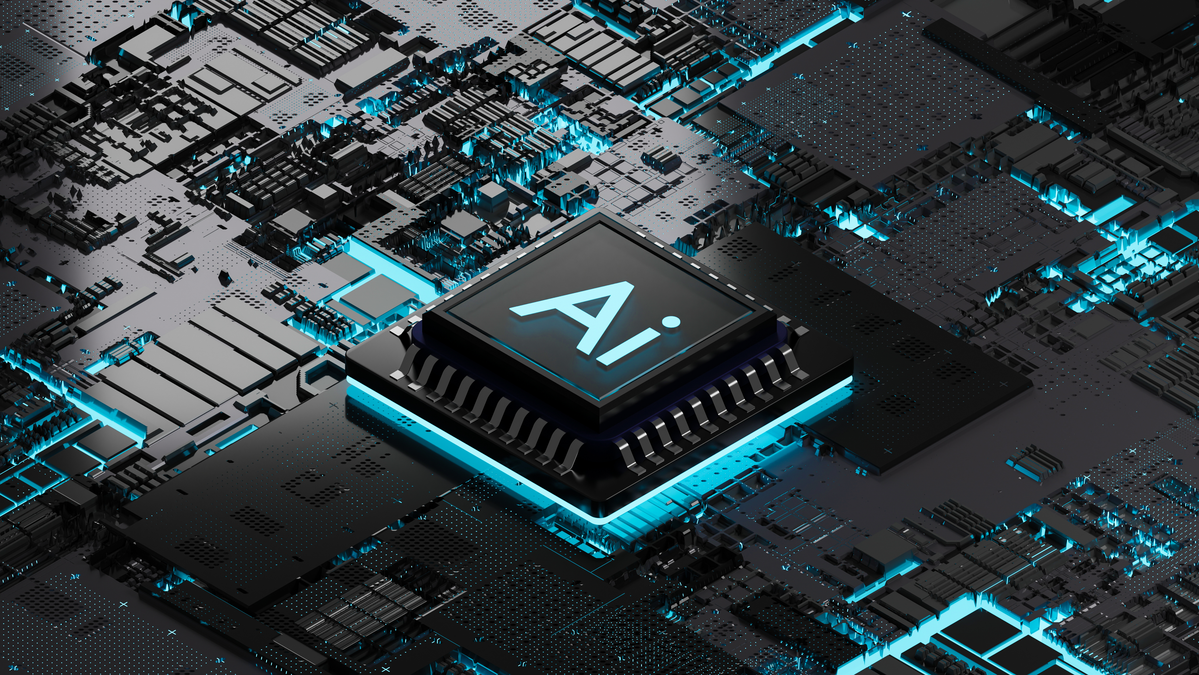It is well known that Intel (INTC 2.86%) has developed server processors based on its 14-nanometer Broadwell core. These, as far as I can tell, should plug right into the recently launched Grantley platform motherboards. Leaked slides suggest the primary performance boost would come from the addition of more cores (an increase from 14 cores in Haswell-EP to 18 in Broadwell-EP).
However, when Intel rolled out its Haswell-EP server processors, it, surprisingly, offered an 18-core variant known as the Xeon E5-2699 v3. Given that Intel chose to release an 18-core part with the Haswell generation, and given that Broadwell-EP is reportedly going to be late, I think it might actually make sense for Intel to cancel the Broadwell server parts altogether (rather than simply shorten the life cycle, as I've suggested previously) and launch Skylake-EP as soon as possible.
Getting the server chips closer to the leading-edge manufacturing technology
While Intel cites its manufacturing advantage over competitors as a key enabler of its performance and power advantage, it tends to bring its server chips to leading-edge technologies far later than its PC chips. For example, the first 22-nanometer FinFET Intel PC chip launched in April 2012, but the first 22-nanometer server processor did not arrive until September 2013 -- about a year-and-a-half gap.
Now, if we assume Intel will launch Broadwell-EP (14-nanometer server chip) in early 2016, as rumored, then this would keep the gap between first client product (around October 2014) to first high-end server product (roughly March 2016) at about a year and a half.
In a market where Intel has few to no competitors, this is fine. However, in a server market where Qualcomm (QCOM 0.83%) -- which is extremely well capitalized and has a lot of clout at the semiconductor foundries -- is making a serious push, the situation is entirely different. Intel needs to bring every weapon it can to bear to defend its position.
Scrap Broadwell, launch Skylake-EP in early 2016
If Intel is able to, then I believe it should skip the higher-end Broadwell chips in servers entirely if it can't roll them out in the late third quarter or early fourth quarter of this year. At that point, just let Haswell-EP run for the remainder of 2015 and then release Skylake-EP in the first quarter of 2016.
This wouldn't change anything from a factory utilization perspective (as CEO Brian Krzanich said with respect to Broadwell/Skylake in PCs, it's just a "different piece of glass in the scanner), but Skylake-EP would be a far more interesting part than Broadwell-EP and would be a compelling upgrade for data center customers using Ivy Bridge-EP and older processors.
At this point, if Intel had Skylake-EP out in early 2016, it could transition to Cannonlake-EP (10-nanometer part) in early to-mid 2017. This wouldn't be exactly matching time-to-market with the PC parts, but it would shrink the delta significantly. It would also bolster Intel's positioning against any potential competition, as the comany's manufacturing advantage would be more apparent in this segment.
Can Intel do this?
The question, I think, will boil down to product readiness. To that end, I did some sleuthing. Intel is hiring fairly aggressively for its server division, and I stumbled across a job listing that hints as to the state of development of Skylake-EP:

Source: Intel.
So we know Intel is in the "final execution stage" (i.e., post-silicon verification) on Skylake server as of this job posting (January 2015). I would estimate then that Intel might be able to put these chips into production by the end of 2015 or early 2016, for deployment in the first or second quarters of 2016.
This estimate is based on statements that Intel's Diane Bryant made at the investor meeting previously about the 14-nanometer Knights Landing Xeon Phi chip. Bryant mentioned that the A0 (i.e., first) stepping of Xeon Phi was up and running around November 2014, and indicated that systems would be deployed in the second half of 2015.
I assume the Skylake-EP A0 stepping is out about now, so the timeline of shipping silicon in late 2015 or early 2016 seems reasonable if things go as planned. Frankly, it would seem strange for Intel to be in the final innings of Skylake-EP development in early 2015 only to launch the chip in early 2017.
I hope Intel gets Skylake-EP out as quickly as possible and tries to align its bread-and-butter server chips with the latest manufacturing technologies as quickly as possible to defend its position.






